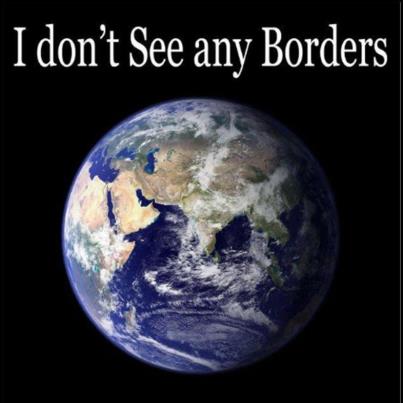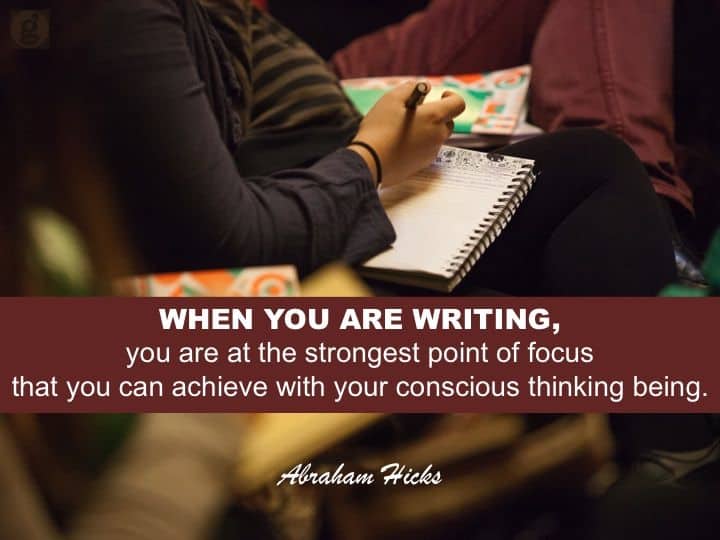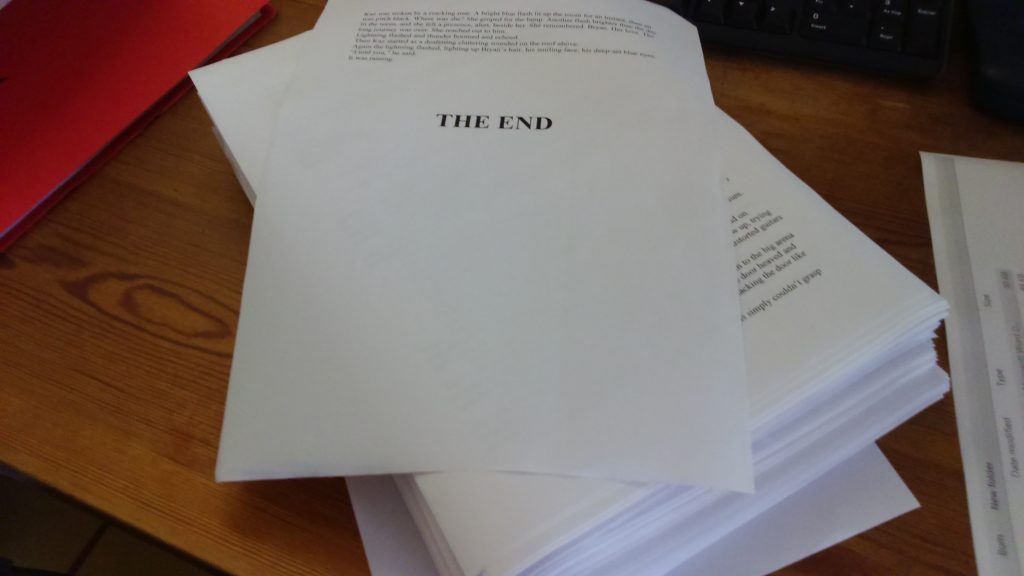
Do you know the difference between the map and the territory?
It’s a key skill to have, to be able to distinguish between the map and the territory. It puts you at the cutting edge of thought. It gives you clarity and personal power.
The territory is what is. The map is our personal web of interpretations and perceptions – and judgements – of what is.
We need our maps to navigate our world in which we are literally bombarded with sense impressions – many millions more per second than we can consciously process.
However we tend to become so identified with our maps that we forget they are maps and mistake them for the territory.
This is particularly so when we ‘have an opinion’ or ‘defend a point of view.’ When we have a prejudice. When we come to blows over a ‘matter of principle’. When we go on our high horse.
When we need to be right.
In particular, we become dysfunctional – and possibly harmful to others – when we cling obstinately to an outdated map which has lost any relation it might once have had to the territory.
Would you drive over a precipice because your map says there’s a bridge there but you can’t see one in situ? Would you stop, assess the territory and acknowledge that the map is out of date or just plain wrong? Which would you believe?




One Response
Wow. That is a jam-packed post. I had to read it several times, slowly, to let its meaning unfold in my little brain.
Being a map-maker and map lover, I was drawn to this post like a magnet. Defining the difference between the territory and the map is enticing and tickles and pulls at my mind to think more.
This is a very deconstructive text full of very important ideas, not easy ideas most of them.
I think I will read it a few more times, I am sure that some of the metaphors and ideas will enrich my own maps and map teaching.
The philosopher in you has raised her head and spoken. And how. She is extremely stimulating that one.
I look forward to reading more from her.